
IWC Pilot’s Watch Chronograph Edition Polaris Dawn Watch
In a monumental achievement for both space exploration and horology, IWC Schaffhausen played a significant role in the historic Polaris Dawn mission, which saw four astronauts don custom-designed IWC watches during their time in space. The mission, a part of the ambitious Polaris Program, not only marked the first-ever commercial spacewalk but also showcased the convergence of cutting-edge technology and human endeavor.
The Polaris Dawn mission, which launched on September 10, 2024, from NASA’s Kennedy Space Center in Florida, spent five days in orbit conducting scientific research and testing new technologies to advance human health in space and on Earth. All of the crew members—Jared Isaacman, Scott “Kidd” Poteet, Sarah Gillis, and Anna Menon—wore IWC Pilot’s Watch Chronograph Edition “Polaris Dawn” (Ref. IW389111) watches throughout the journey and upon their return just the other day.
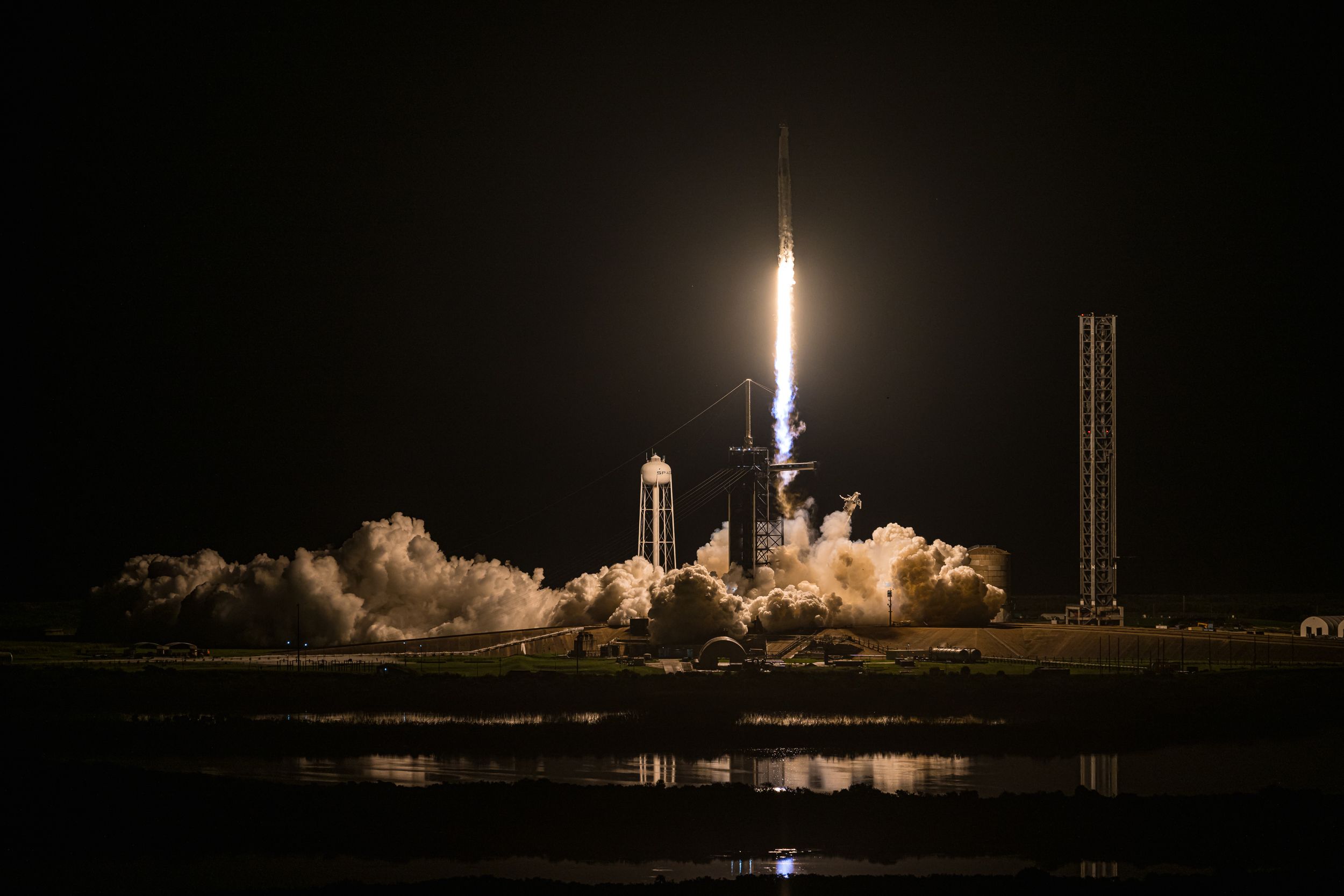
The Polaris Dawn mission took off on September 10 and is now complete.
IWC Pilot’s Watch Chronograph Edition Polaris Dawn Watches
IWC’s involvement in the Polaris Dawn mission underscores the brand’s legacy in producing high-precision timepieces tailored to extreme environments and its dedication to aviation technology. Known for their durability, accuracy, and timeless design, IWC’s Pilot’s Watches have long been favored by aviators and adventurers alike. The Polaris Dawn edition continues this tradition, blending the practicality required for space missions with a refined aesthetic that is characteristic of the brand.
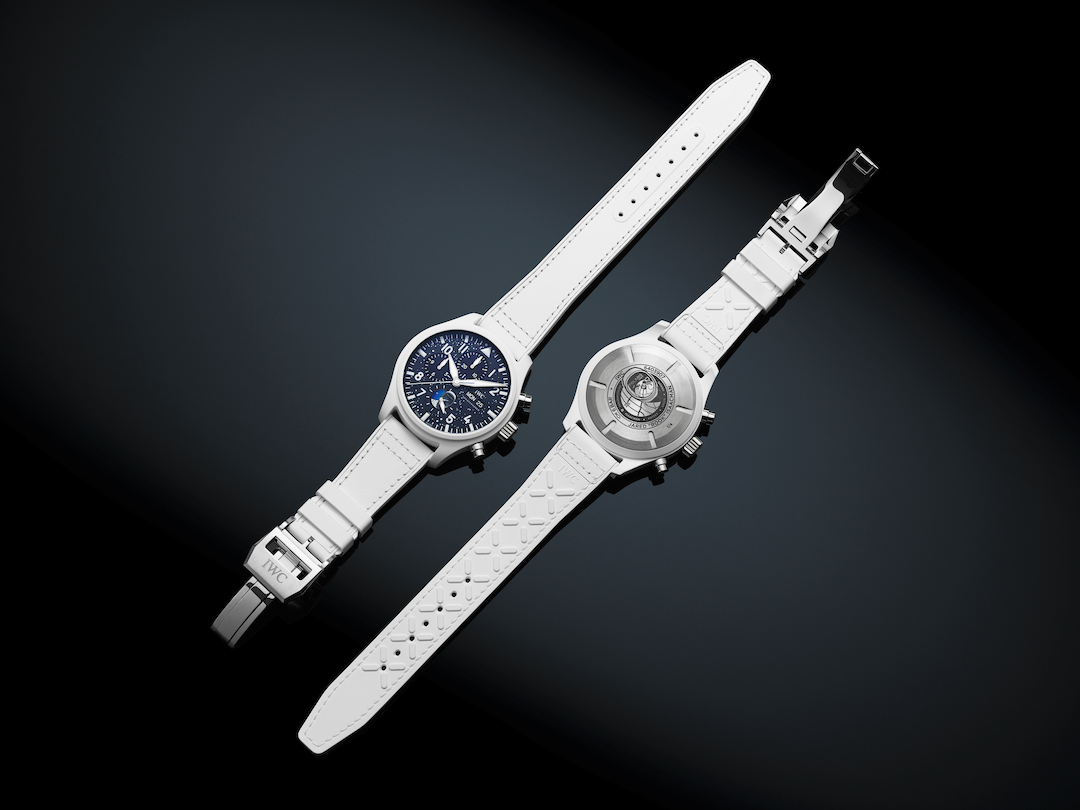
IWC Pilot’s Watch Chronograph Edition Polaris Dawn Watch
In keeping with its tradition of precision engineering and robustness, IWC crafted four unique Pilot’s Watch Chronograph Edition “Polaris Dawn” pieces specifically for the astronauts. These watches, designed to endure the extreme conditions of space travel, feature a striking white ceramic 44.5-millimeter case and a dark blue lacquered dial, printed with a starry sky pattern and the Polaris Dawn mission logo. Each crew member’s name is engraved on the titanium case back, personalizing these space-bound timepieces.
“The collaboration with IWC symbolizes not only the spirit of adventure but also a commitment to advancing human capabilities both on Earth and in space,” said Jared Isaacman, the mission commander and businessman-turned-astronaut. “It’s a privilege to wear a watch that shares our mission’s goal of pushing boundaries.”
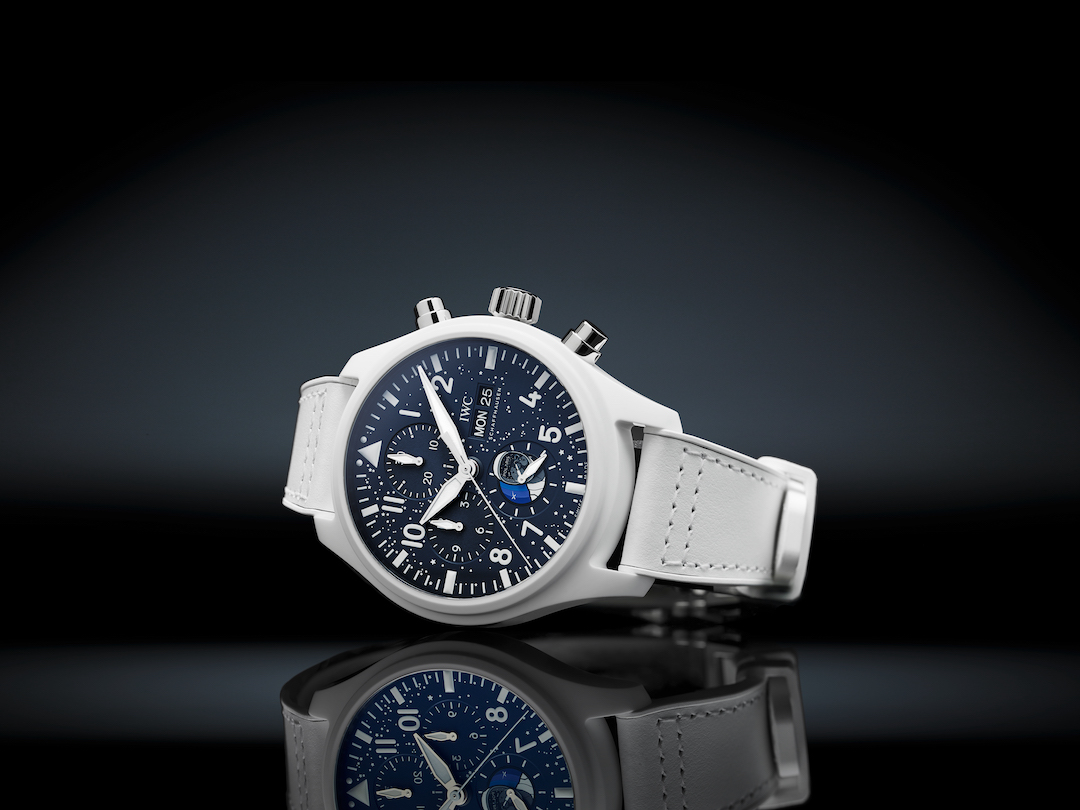
IWC Pilot’s Watch Chronograph Edition “Polaris Dawn”
What sets these IWC watches apart is not just their journey to the stars but their intended future on Earth. Following their spaceflight, each watch will be auctioned at Christie’s in New York later this year, with proceeds going to St. Jude Children’s Research Hospital®, a leading institution in the fight against childhood cancer and other life-threatening pediatric diseases. The auction aims to raise significant funds for the hospital’s lifesaving work, a cause that has been closely linked with Isaacman’s philanthropic initiatives through the Polaris Program.
As the auction of these special-edition watches approaches, collectors and enthusiasts will not only have the opportunity to own a piece of spaceflight history but also contribute to the ongoing fight against childhood diseases. The unique combination of innovation, adventure, and charity makes the Pilot’s Watch Chronograph Edition “Polaris Dawn” more than just a timepiece—it’s a symbol of human progress and compassion.
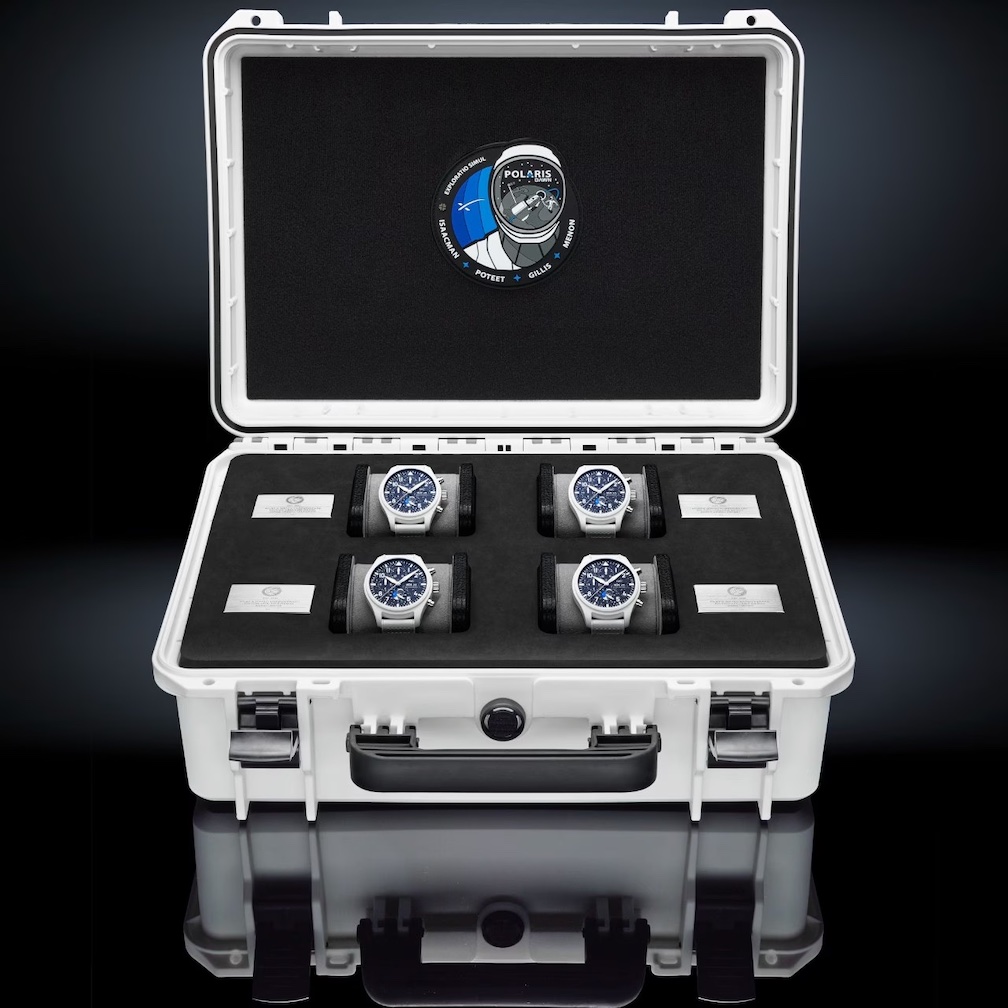
IWC Pilot’s Watch Chronograph Edition “Polaris Dawn” set.
According to IWC’s CEO, Christoph Grainger-Herr, “The Polaris Dawn mission reflects the same pioneering spirit and pursuit of excellence that drives our watchmaking. We are proud to support this incredible endeavor and contribute to such a worthy cause.”
The Polaris Dawn mission is the first of three planned spaceflights in the Polaris Program, an initiative spearheaded by Isaacman in collaboration with SpaceX. Its ultimate goal is to further human exploration of the moon, Mars, and beyond. This inaugural mission set the stage for future advancements, including the highest Earth orbit ever achieved and testing of new Starlink laser-based communication technologies in space.
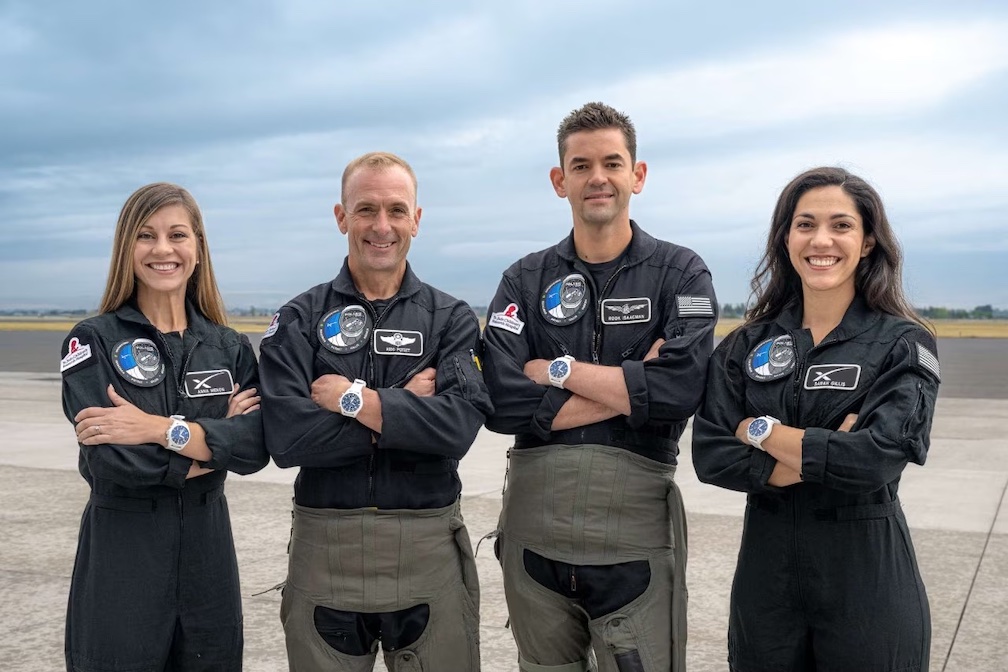
The four astronauts of the Polaris Dawn mission.
In addition to technological advancements, the crew undertook 38 scientific experiments selected by 23 partner institutions to study the effects of long-duration spaceflights on human health. These experiments are critical for preparing astronauts for future missions that could last months or even years.
Moreover, the spacewalk conducted by Isaacman and Poteet during the mission was a milestone, marking the first commercial spacewalk in history and testing the durability of the newly designed space suits. Such pioneering efforts will likely influence the design of future spacecraft and missions.






